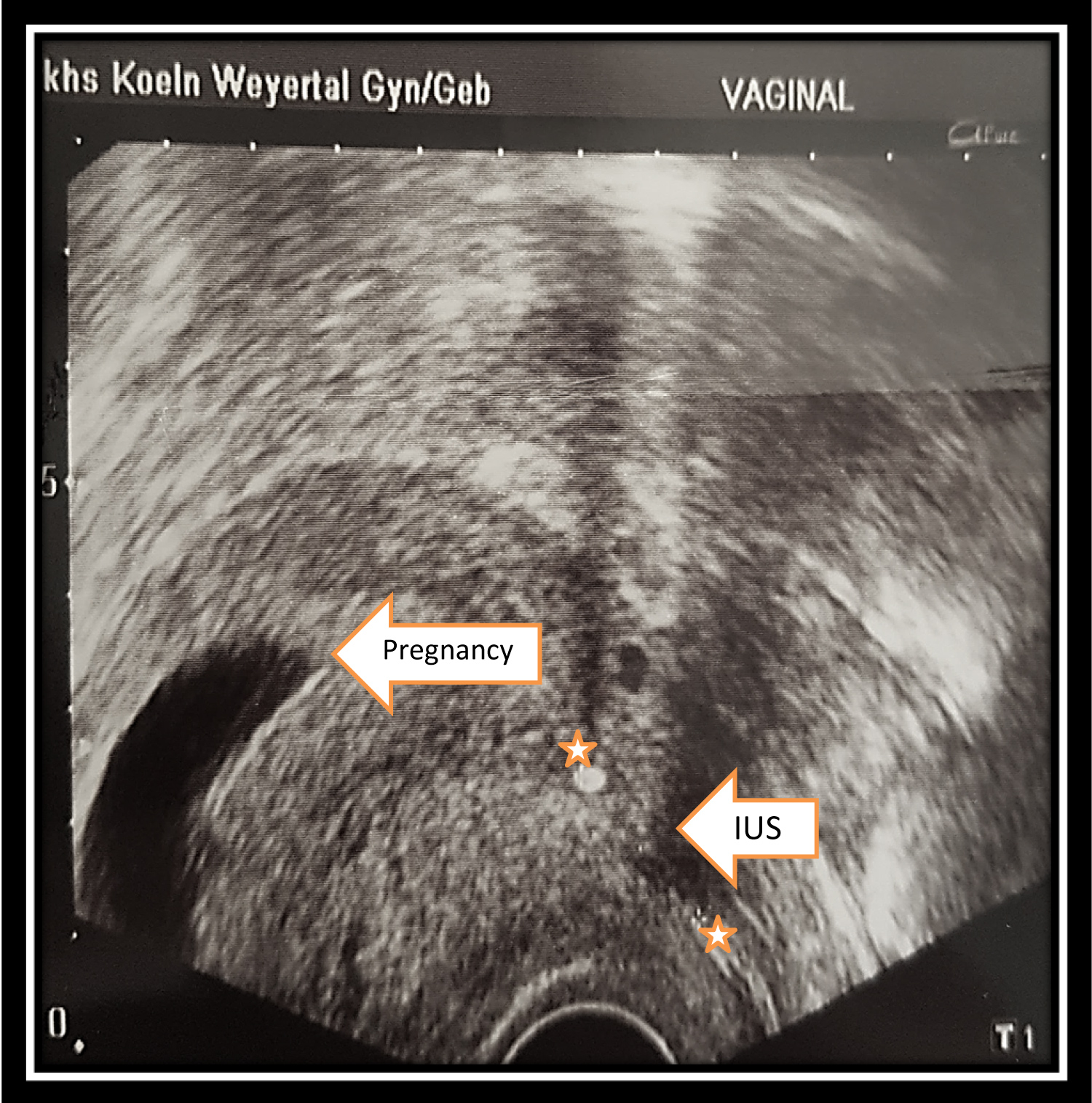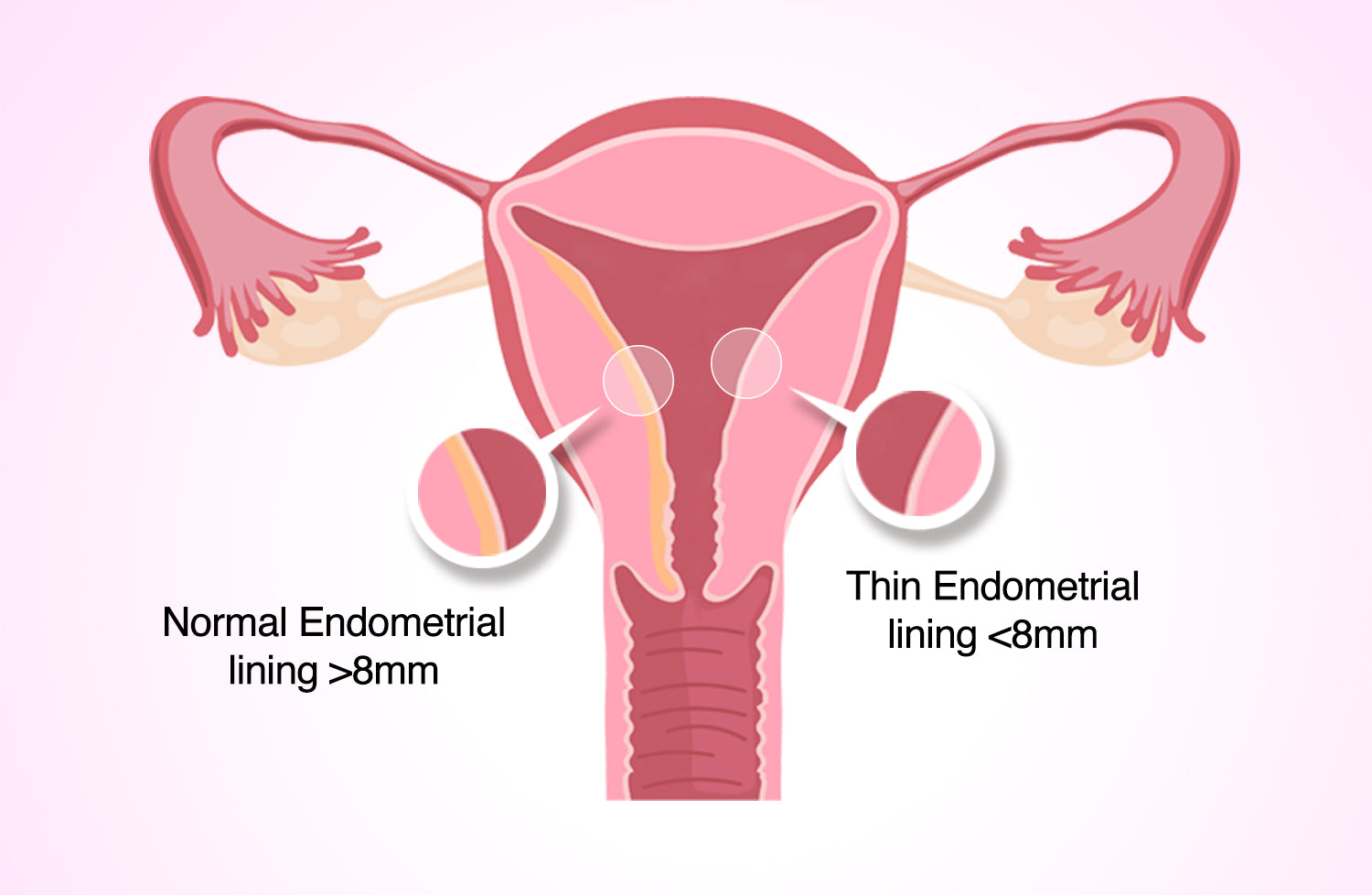Iud And Fluid Discharge During Pregnancy
Iud And Fluid Discharge During Pregnancy - Removing the iud improves the pregnancy outcome if the iud strings are visible or the device can be retrieved safely from the. Since iuds are in the uterine cavity, not inside the amniotic cavity, future studies are warranted to determine the prevalence of amniotic fluid. Studies have shown that the risk of miscarriage, preterm birth, and infection of the amniotic sac and fluid before delivery. Watery vaginal discharge is typically normal and can be due to natural hormonal fluctuations that occur during reproductive. Previous studies have shown that a retained intrauterine device during pregnancy is associated with adverse pregnancy outcomes.
Studies have shown that the risk of miscarriage, preterm birth, and infection of the amniotic sac and fluid before delivery. Removing the iud improves the pregnancy outcome if the iud strings are visible or the device can be retrieved safely from the. Since iuds are in the uterine cavity, not inside the amniotic cavity, future studies are warranted to determine the prevalence of amniotic fluid. Previous studies have shown that a retained intrauterine device during pregnancy is associated with adverse pregnancy outcomes. Watery vaginal discharge is typically normal and can be due to natural hormonal fluctuations that occur during reproductive.
Previous studies have shown that a retained intrauterine device during pregnancy is associated with adverse pregnancy outcomes. Watery vaginal discharge is typically normal and can be due to natural hormonal fluctuations that occur during reproductive. Since iuds are in the uterine cavity, not inside the amniotic cavity, future studies are warranted to determine the prevalence of amniotic fluid. Removing the iud improves the pregnancy outcome if the iud strings are visible or the device can be retrieved safely from the. Studies have shown that the risk of miscarriage, preterm birth, and infection of the amniotic sac and fluid before delivery.
An Explanation of Bleeding and Spotting During Pregnancy WeHaveKids
Removing the iud improves the pregnancy outcome if the iud strings are visible or the device can be retrieved safely from the. Watery vaginal discharge is typically normal and can be due to natural hormonal fluctuations that occur during reproductive. Previous studies have shown that a retained intrauterine device during pregnancy is associated with adverse pregnancy outcomes. Since iuds are.
Discharge During Pregnancy 5 Types of Pregnancy Discharge YouTube
Since iuds are in the uterine cavity, not inside the amniotic cavity, future studies are warranted to determine the prevalence of amniotic fluid. Removing the iud improves the pregnancy outcome if the iud strings are visible or the device can be retrieved safely from the. Studies have shown that the risk of miscarriage, preterm birth, and infection of the amniotic.
How IUDs work, the different types and what to expect during and after
Studies have shown that the risk of miscarriage, preterm birth, and infection of the amniotic sac and fluid before delivery. Removing the iud improves the pregnancy outcome if the iud strings are visible or the device can be retrieved safely from the. Since iuds are in the uterine cavity, not inside the amniotic cavity, future studies are warranted to determine.
Pregnant With IUD Signs, Complications, and Options
Studies have shown that the risk of miscarriage, preterm birth, and infection of the amniotic sac and fluid before delivery. Since iuds are in the uterine cavity, not inside the amniotic cavity, future studies are warranted to determine the prevalence of amniotic fluid. Removing the iud improves the pregnancy outcome if the iud strings are visible or the device can.
5 Types of Tissue Discharge After IUD Insertion—Treatment and Precautions
Previous studies have shown that a retained intrauterine device during pregnancy is associated with adverse pregnancy outcomes. Removing the iud improves the pregnancy outcome if the iud strings are visible or the device can be retrieved safely from the. Studies have shown that the risk of miscarriage, preterm birth, and infection of the amniotic sac and fluid before delivery. Watery.
Amniotic Fluid What is it? BabyTime
Studies have shown that the risk of miscarriage, preterm birth, and infection of the amniotic sac and fluid before delivery. Since iuds are in the uterine cavity, not inside the amniotic cavity, future studies are warranted to determine the prevalence of amniotic fluid. Watery vaginal discharge is typically normal and can be due to natural hormonal fluctuations that occur during.
Yellow Discharge During Pregnancy
Studies have shown that the risk of miscarriage, preterm birth, and infection of the amniotic sac and fluid before delivery. Previous studies have shown that a retained intrauterine device during pregnancy is associated with adverse pregnancy outcomes. Since iuds are in the uterine cavity, not inside the amniotic cavity, future studies are warranted to determine the prevalence of amniotic fluid..
Case Report Pregnancy While Using an IUD
Since iuds are in the uterine cavity, not inside the amniotic cavity, future studies are warranted to determine the prevalence of amniotic fluid. Watery vaginal discharge is typically normal and can be due to natural hormonal fluctuations that occur during reproductive. Previous studies have shown that a retained intrauterine device during pregnancy is associated with adverse pregnancy outcomes. Removing the.
Hormonal IUDs and What They Mean For Your Endometrial Lining, uterine
Studies have shown that the risk of miscarriage, preterm birth, and infection of the amniotic sac and fluid before delivery. Previous studies have shown that a retained intrauterine device during pregnancy is associated with adverse pregnancy outcomes. Removing the iud improves the pregnancy outcome if the iud strings are visible or the device can be retrieved safely from the. Watery.
Watery Discharge During Pregnancy Should You Worry?
Watery vaginal discharge is typically normal and can be due to natural hormonal fluctuations that occur during reproductive. Previous studies have shown that a retained intrauterine device during pregnancy is associated with adverse pregnancy outcomes. Removing the iud improves the pregnancy outcome if the iud strings are visible or the device can be retrieved safely from the. Since iuds are.
Since Iuds Are In The Uterine Cavity, Not Inside The Amniotic Cavity, Future Studies Are Warranted To Determine The Prevalence Of Amniotic Fluid.
Studies have shown that the risk of miscarriage, preterm birth, and infection of the amniotic sac and fluid before delivery. Previous studies have shown that a retained intrauterine device during pregnancy is associated with adverse pregnancy outcomes. Watery vaginal discharge is typically normal and can be due to natural hormonal fluctuations that occur during reproductive. Removing the iud improves the pregnancy outcome if the iud strings are visible or the device can be retrieved safely from the.
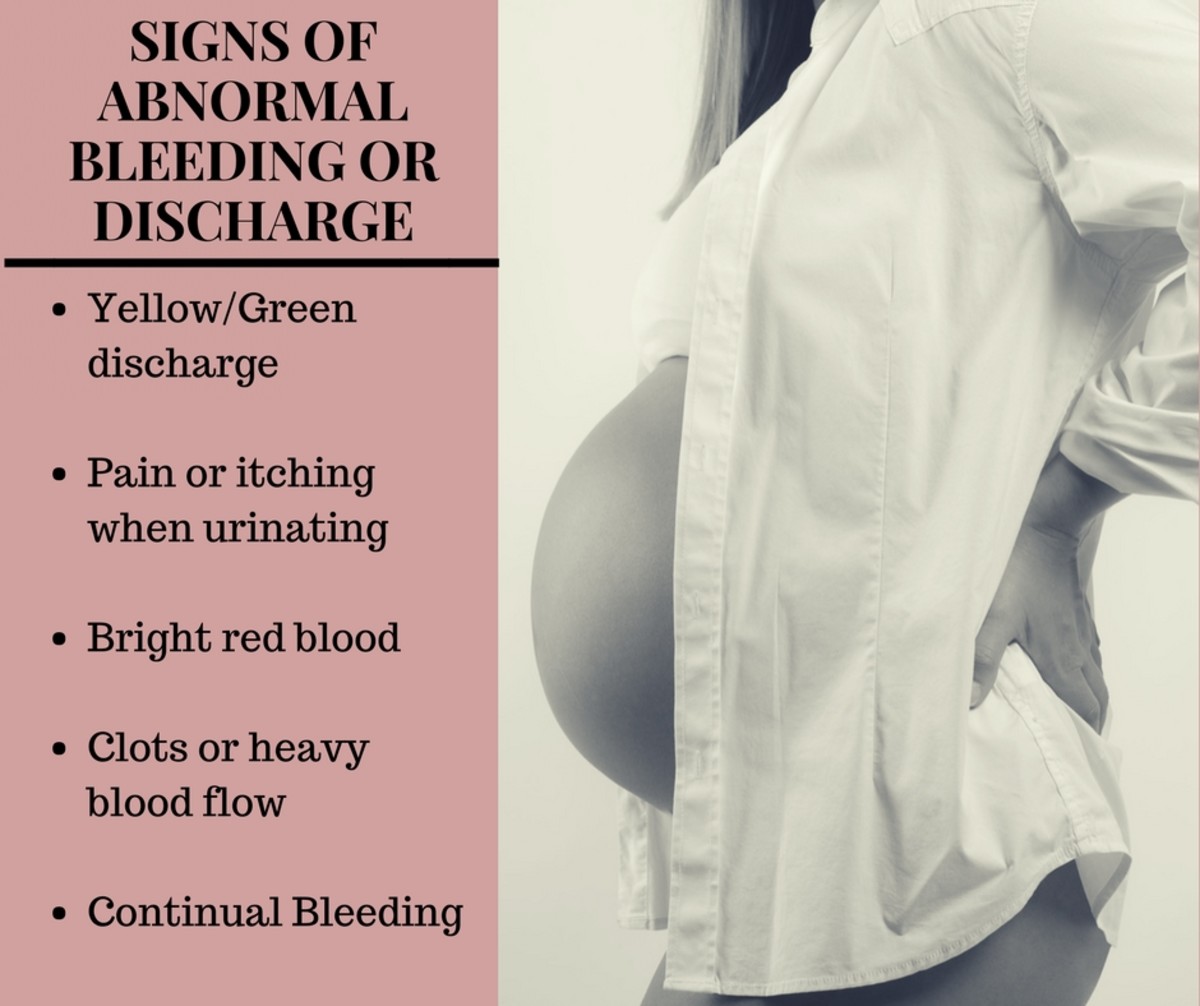

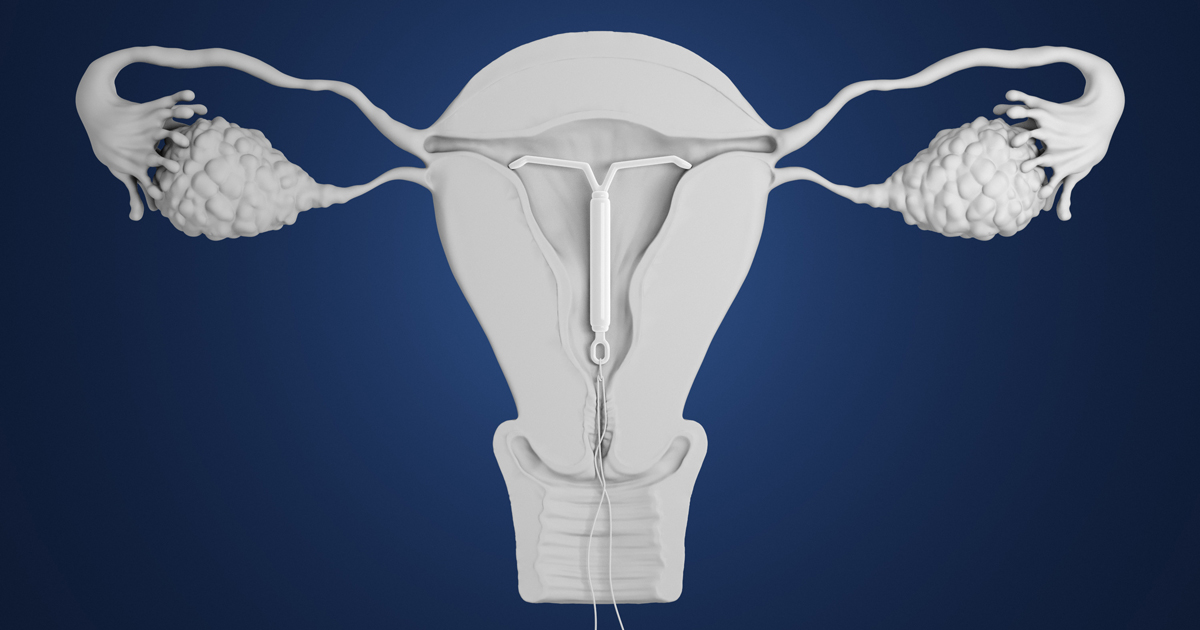
:max_bytes(150000):strip_icc()/VWH_Illustration_Signs-Your-IUD-May-Be-Out-of-Place_Danie-Drankwalter_Final-5006fcdd74b64a31bc082ea5f3378b41.jpg)

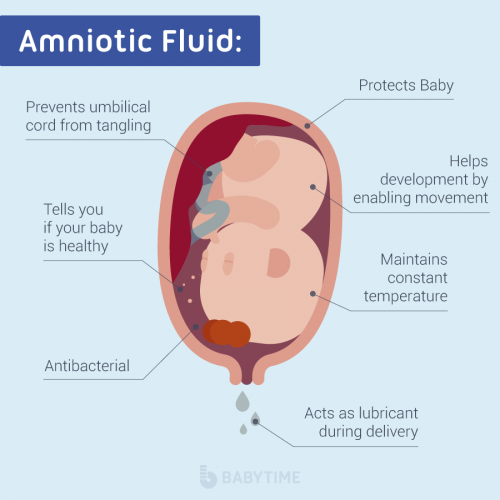
:max_bytes(150000):strip_icc()/VWH_Illustration_A-Guide-to-Discharge-Color-During-Pregnancy_Illustrator_Katie-Kerpel_Final-c2f81059281e443f9f3b6bf19229a7bb.jpg)
